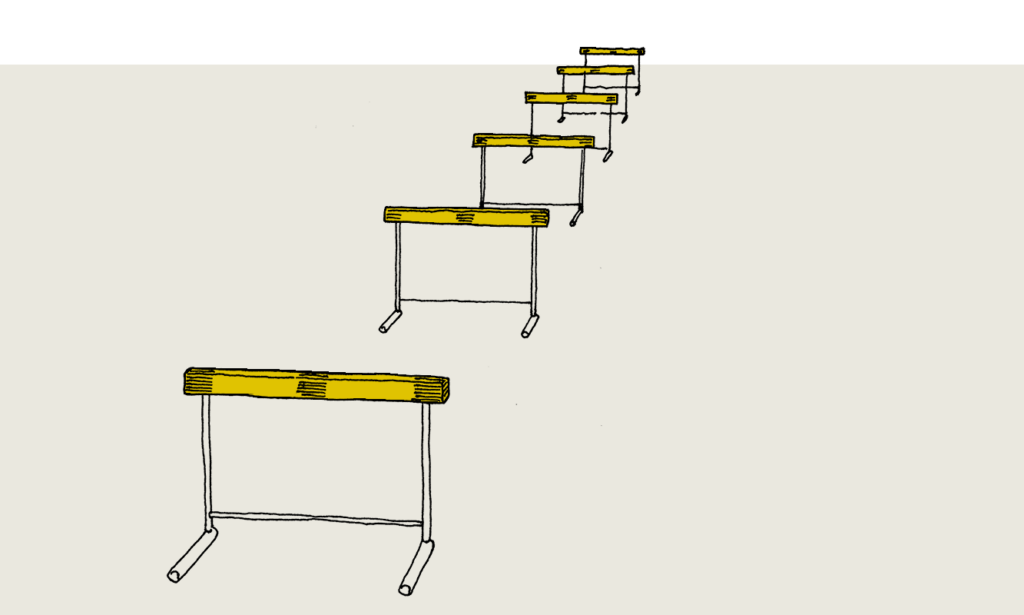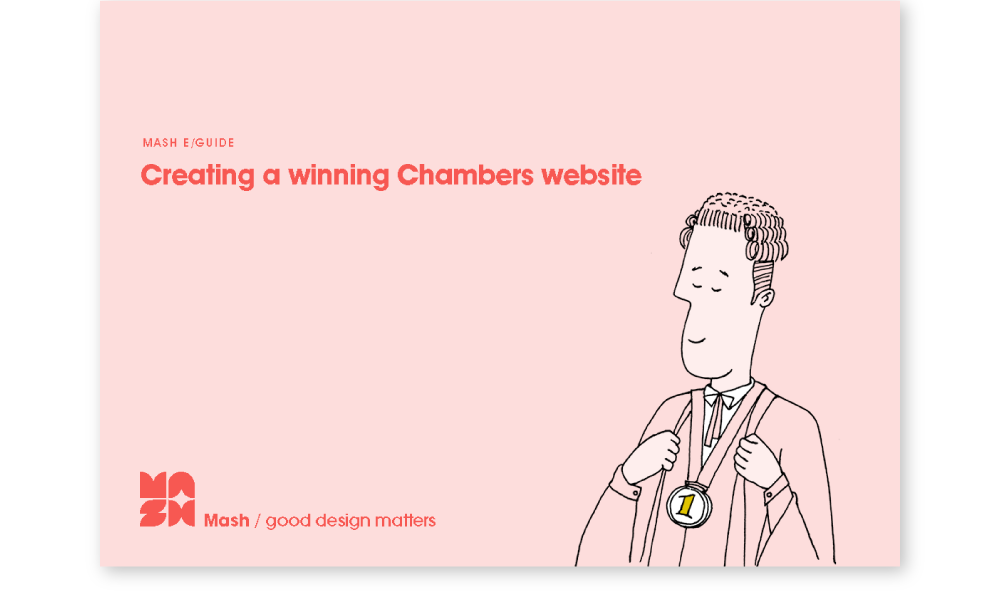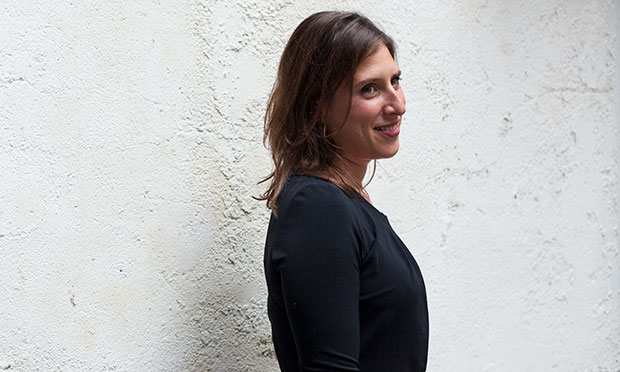Resources
Planning a Chambers website

Your website is the digital face of your Chambers, the first point of call for many clients and your most important business marketing tool. Commissioning a new site can seem daunting, but being aware of common hurdles will help you get the most from the process and ensure a winning result.
Drawing on 19 years of experience delivering dozens of Chambers’ websites, Mash shares some helpful tips to help get you off the blocks. These are a number of obstacles that can typically trip up a Chambers web project.

1/ Underestimating time
Almost without exception the website project will be taken on in addition to people’s existing workload. Whether you are a marketing manager, clerk or barrister you need to be realistic about how much time you can allocate to the project.
Partnering with an agency with robust processes and good project management will shield Chambers from the bulk of the work, but there will still be various aspects of the project that require client-side involvement. Your insight into the project goals and brand messages will only be the start of the process. Further responsibilities will involve reviewing detailed planning documents, feeding back on designs, managing expectations within Chambers and testing the site and content management system. You may also be responsible for collating, editing and uploading content.
2/ Lack of brand awareness
Chambers are distinct in their corporate structure, with a great number of individual practitioners but not necessarily a collective identity. From a marketing perspective this makes it harder to project a shared ethos and brand personality.
Your new website offers a fantastic marketing opportunity, but to make the most of this, you need to establish who you are and the key messages you want to project. In this way, you reinforce your vision and build trust with your clients – especially when the same messages are shared via your social media and printed communications. Recognising yourself as a brand helps you to strategically position your Chambers.
Mash Tip / If you don’t yet have a defined identity we recommend commissioning a brand workshop ahead of your website project to identify what your Chambers stands for. Only then can everyone from the Head, to the clerking team, to the individual barristers share this vision and speak with one voice.

3/ Underestimating budget
Be upfront about your budget. It will help your appointed agency deliver the most for the available fee. Where necessary they can recommend which features to prioritise, and then phase in additional functionality as budgets allow. Also, carefully consider whether the quotes you receive from agencies are like-for-like. Unless there is a detailed scoping document in place before you invite quotes, it can be difficult to compare what is included.
Mash Tip / You may consider paying an agency to plan in detail the functionality of your new website. This will result in a functional specification against which you invite agencies to tender. This is similar to commissioning an architect to draw up plans ahead of getting construction quotes and puts you in a strong buying position.
4/ Not identifying goals
Before you start any web project, it is important to outline what the end goal is. Ask what is prompting the new site? A desire to modernise? To win new business? To launch a new service? To outshine a competitor? Is there agreement within Chambers about what these goals are? You will explore these points in detail with your appointed design agency during the planning of your project, but considering them at the briefing stage can help other members of Chambers understand the need for the project and justify the budget.
Mash Tip / Don’t only consider business goals; user goals are critical too. It is never too early to invite feedback about your current site and service. Online questionnaires can be a great way to do this, and free resources such as Typeform can enable you to survey different client groups. www.typeform.com
5/ Design by Committee
Many Chambers are under pressure to try to please everyone, but ‘design by committee’ never delivers a winning result. Electing a core team within Chambers who will take responsibility for the project streamlines the process. Limit Chambers-wide input to the initial discussions on brand positioning and website objectives. Then let your committee work with your appointed design agency to finalise the solution. A tight team with the authority to approve budgets and project sign-offs will keep things on track.
Mash Tip / A team of about 6 people is optimum. Invite a mix of people of differing seniority and technical insight to reflect the needs and opinions of barristers, clerks and your clients. Have a committee chair who will feed back to your appointed agency.
6/ Content planning
The most overlooked aspect of every Chambers web project is content. Typically Chambers web copy comes from several sources; with profiles written by the individual barristers and practice area text from a number of specialist teams. Invariably it lacks a shared tone of voice, runs to varying lengths and uses inconsistent formatting. Having original and carefully considered copy is as important as the visual aspect of your brand. Thinking strategically about your content will immediately differentiate you from the numerous Chambers websites that carry almost identical service offerings and similar directory quotes.
Tip / Consider bringing in specialist input to collate, edit, style and upload copy if you don’t have the expertise or time in-house.
Tip / Keep copy short to make reading more digestible especially on mobile.
Tip / Some Chambers opt for a number of specialist profiles per barrister. Consider carefully whether it is realistic to collate, edit and upload this much content. It is a considerable commitment, although when done well, can be a great asset for solicitors.
Tip / Prepare the copy before the design stage to ensure the layout and type styles support the content well.
Tip / Consider involving a SEO (Search Engine Optimisation) agency to help write your content. They will optimise your writing to perform well in search engine rankings and add metadata within your CMS.
This article is available to download as a PDF.







